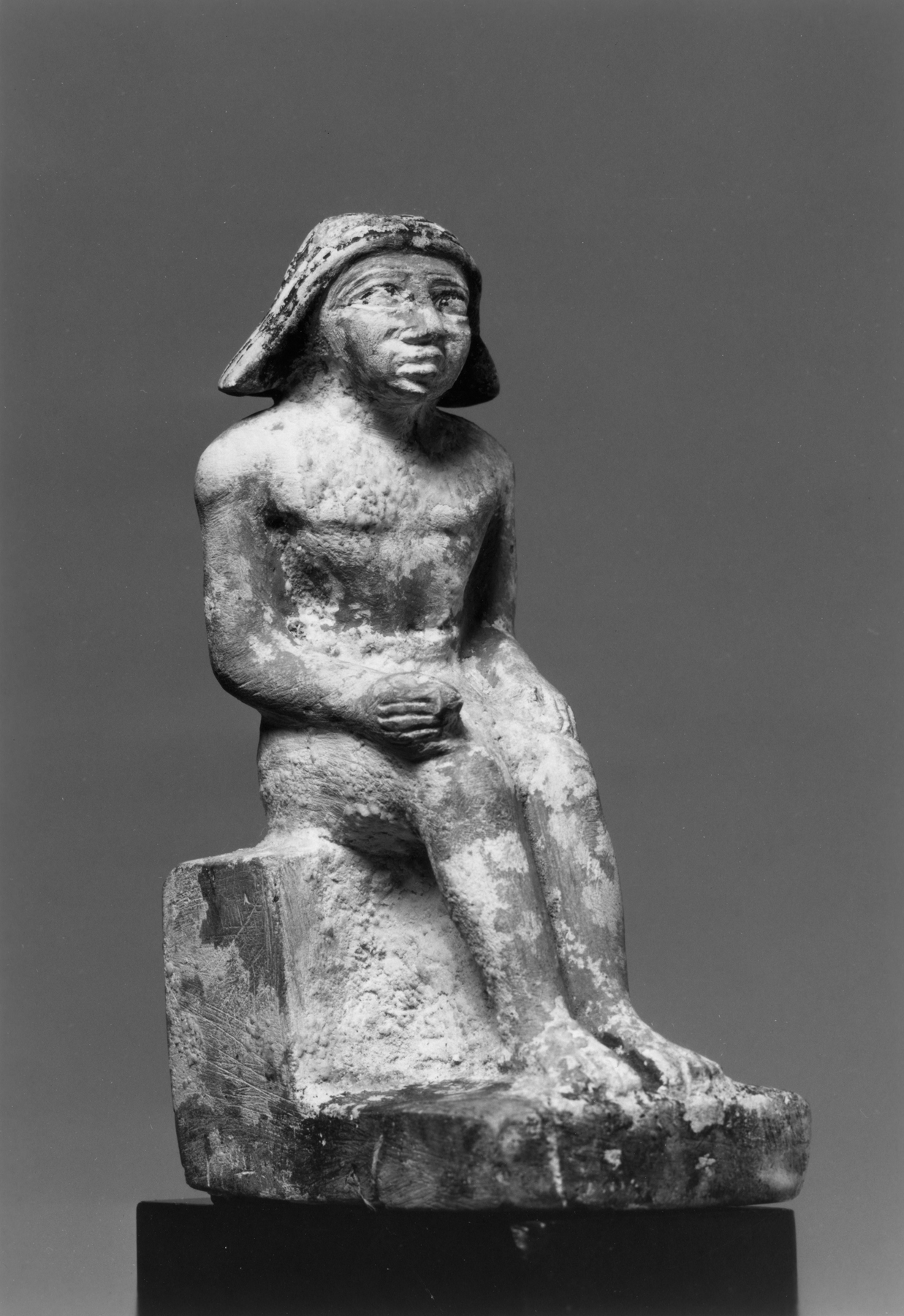Male Figure Seated
(Ancient Egypt and Nubia )
Soft stone varieties, such as limestone and sandstone, were the most common materials used for statues and were readily available. This tomb figure's pose is typical: the man is seated with his hand on his thighs, the right hand clenched in a fist and the left one flat.
The base of this statue has been repaired.
Provenance
Provenance (from the French provenir, 'to come from/forth') is the chronology of the ownership, custody, or location of a historical object. Learn more about provenance at the Walters.
Dikran Kelekian, New York and Paris [date and mode of acquisition unknown]; Henry Walters, Baltimore, 1913 [mode of acquisition unknown]; Walters Art Museum, 1931, by bequest.
Exhibitions
| 2004-2005 | Carved for Immortality. The Walters Art Museum, Baltimore. |
Geographies
Egypt (Place of Origin)
Measurements
H: 6 1/16 in. (15.4 cm)
Credit Line
Acquired by Henry Walters, 1913
Location in Museum
Not on view
Accession Number
In libraries, galleries, museums, and archives, an accession number is a unique identifier assigned to each object in the collection.
In libraries, galleries, museums, and archives, an accession number is a unique identifier assigned to each object in the collection.
22.219


